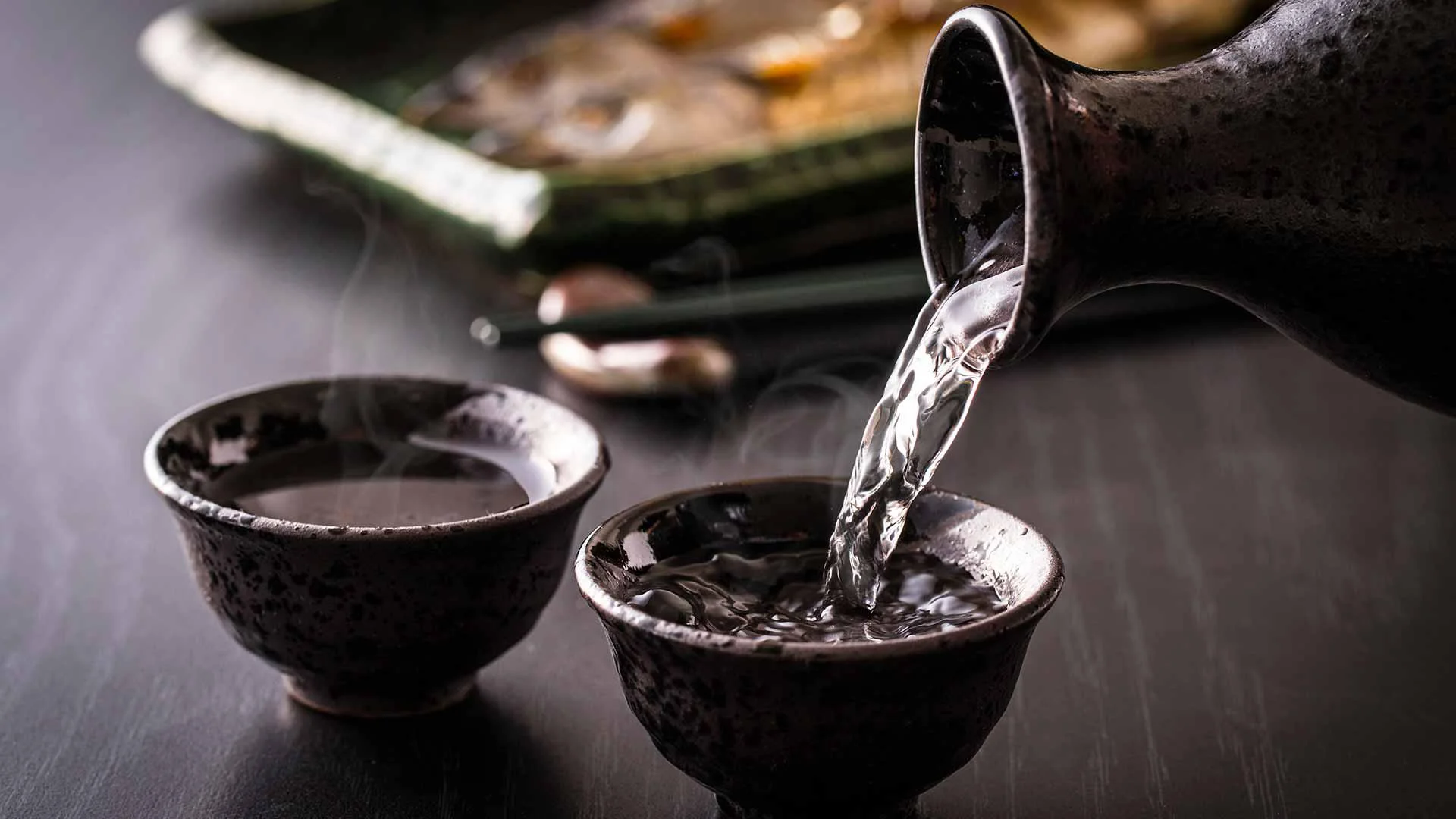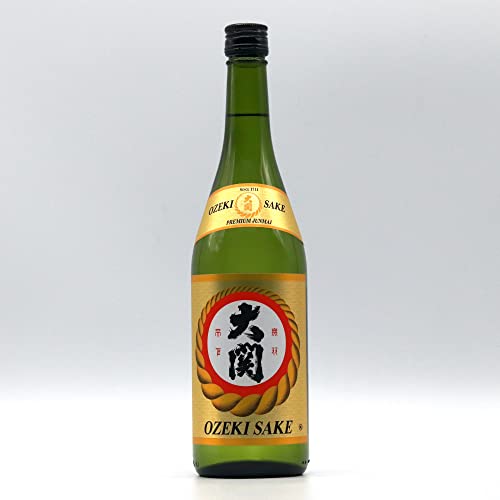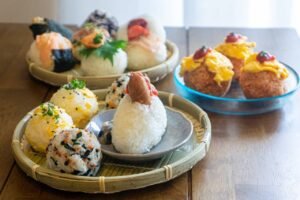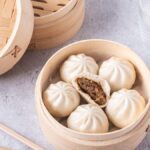Welcome to the ultimate guide to Japanese sake! In this article, we will delve into the fascinating world of Japanese sake, exploring its rich history, unique brewing process, and cultural significance.
Whether you are a sake enthusiast or a curious newcomer, this comprehensive guide will provide you with all the information you need to appreciate and enjoy this traditional Japanese beverage. So grab a cup of sake and let’s embark on this delightful journey!
Japanese Sake: A Brief Overview
Japanese sake, also known as Nihonshu, is a traditional alcoholic beverage that has been produced in Japan for centuries.
It is made from fermented rice, water, koji (a mould that converts starches into sugars), and yeast. Sake is often referred to as “rice wine,” but its production process is more similar to beer than wine.
With a unique flavour profile and a wide range of styles and grades, sake has become a beloved drink both in Japan and around the world.
The History of Japanese Sake
Sake has a long and storied history that dates back thousands of years. Its origins can be traced to ancient times when it was used in religious ceremonies and offerings to the gods. Over the centuries, sake production techniques evolved, and they became an integral part of Japanese culture and tradition. In fact, sake played a significant role in the development of Japanese cuisine, as it was often used in cooking to enhance the flavours of various dishes.
The Brewing Process: From Rice to Sake
The brewing process of Japanese sake is intricate and requires careful attention to detail. Let’s take a closer look at the step-by-step process of transforming rice into sake:
- Rice Polishing: The first step in sake production is rice polishing. The outer layers of the rice grains are milled away to expose the starchy core, which is crucial for fermentation.
- Washing and Soaking: The polished rice is washed to remove impurities and then soaked to absorb water, making it easier to steam.
- Steaming: The soaked rice is steamed to gelatinize the starches, allowing the koji mould to convert them into fermentable sugars.
- Koji Production: Koji, a mould culture, is sprinkled onto the steamed rice. Over the course of a few days, the koji breaks down the rice starches into sugars.
- Main Fermentation: The koji rice, along with yeast and water, is combined in a fermentation tank. The mixture undergoes a complex fermentation process that converts the sugars into alcohol.
- Pressing: After fermentation, the sake mash is pressed to separate the liquid from the solids, resulting in a clear sake liquid.
- Filtration and Pasteurization: The sake is filtered to remove any remaining solids and then pasteurized to stabilize the flavour and extend its shelf life.
- Maturation: Some sake types undergo a maturation process to develop more complex flavours. These sakes are often aged for several months or even years before they are ready to be enjoyed.
Types and Grades of Japanese Sake
Japanese sake comes in a wide variety of styles and grades, each with its own unique characteristics. Here are some of the most common types of sake you may encounter:
- Junmai-shu: This type of sake is made purely from rice, water, yeast, and koji. It has a rich, full-bodied flavour and is often enjoyed at room temperature or slightly warmed.
- Ginjo-shu: Ginjo-shu is a premium sake made with rice that has been polished to at least 60% of its original size. It is known for its delicate aroma, smooth texture, and fruity notes.
- Daiginjo-shu: Daiginjo-shu is the highest grade of sake, made from rice that has been polished to at least 50% of its original size. It is incredibly refined and often exhibits complex flavours and floral aromas.
- Nigori: Nigori sake is unfiltered, resulting in a cloudy appearance and a slightly sweet, creamy taste. It is often enjoyed chilled and pairs well with spicy or savoury dishes.
- Futsu-shu: Futsu-shu, also known as table sake, is an everyday drinking sake that is affordable and widely available. It has a straightforward flavour profile and is enjoyed both chilled and warmed.
How to Enjoy Japanese Sake
Drinking sake is not just about the taste—it is an experience that involves all the senses. Here are a few tips on how to fully enjoy Japanese sake:
- Choosing the Right Glass: Sake is traditionally served in small cups called ochoko or in larger ceramic or glass vessels called tokkuri. The choice of glass can enhance the aroma and flavour of the sake.
- Serving Temperature: Sake can be enjoyed at various temperatures, each offering a different taste experience. It can be served chilled, at room temperature, or warmed, depending on the type of sake and personal preference.
- Sake Pairings: Like wine, sake can be paired with various foods to enhance the dining experience. Light and delicate sakes go well with seafood and sushi, while richer, full-bodied sakes complement grilled meats and hearty dishes.
- Savouring the Aroma: Before taking a sip, take a moment to appreciate the aroma of the sake. Swirl the glass gently to release its fragrance and inhale deeply to capture the subtle notes.
- Sipping and Enjoying: When tasting sake, take small sips to fully appreciate the flavours. Let the sake linger on your palate, noting the nuances and complexities as they unfold.
Ozeki Premium Junmai Sake, 75 cl
FAQs about Japanese Sake
Japanese sake typically has an alcohol content ranging from 15% to 20%. However, some styles of sake, such as nigori, may have a slightly lower alcohol content.
Yes, certain types of sake, such as daiginjo-shu, can be aged to develop more complex flavours. However, most sakes are meant to be enjoyed young to appreciate their fresh and vibrant characteristics.
Yes, sake is naturally gluten-free. Unlike beer, which is made from barley, sake is made from rice, which does not contain gluten.
To preserve its flavour and quality, sake should be stored in a cool, dark place, away from direct sunlight and temperature fluctuations. Once opened, it is best consumed within a few weeks.
Absolutely! Sake is a versatile ingredient that adds depth and flavour to various dishes. It can be used in marinades, sauces, soups, and even desserts.
Yes, many sake breweries in Japan welcome visitors and offer tours and tastings. It’s a fantastic opportunity to learn more about the brewing process and sample different varieties of sake.
Conclusion
Japanese sake is more than just a beverage—it is a symbol of tradition, craftsmanship, and cultural heritage. From its ancient origins to the modern-day breweries, sake continues to captivate the palates of people around the world. Whether you prefer it chilled, warmed, or at room temperature, the diverse flavours and styles of sake are sure to delight your taste buds. So raise your glass and immerse yourself in the world of Japanese sake—a drink that embodies the spirit of Japan.






































